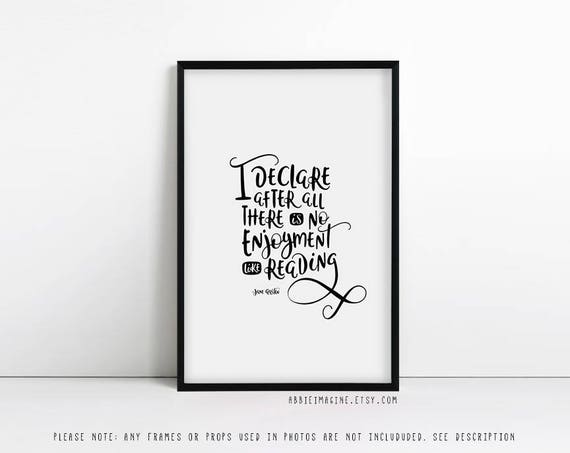We’re back for another
installment in our fashion series on NineteenTeen focusing not on dresses and
gowns (gorgeous as they are) but on the little things that complete a
fashionable ensemble—hats, shoes, gloves,
purses, parasols, and other accessories.
Our accessory of the week is the scarf or shawl, a particular favorite of mine
(you don’t want to know how many scarves I own!) I’m not including fitted wraps
or mantles—basically, colder weather wear— in this survey; we’ll look at those
at a later date. In this era of no central heating, the shawl was a ubiquitous—and
needed—garment. Ladies made a virtue of necessity by turning it into not only a
fashion statement, but also a status indicator, via expensive imported shawls
from India of silk and cashmere.
We’ll
be seeing examples from 1809 through 1815; I’ll cover later years in the next
installment. Look for lots of images rather than commentary, though I’ll try to
supply original text if I have it—the point is to be able to examine multiple
examples of each item. Images are drawn from my collection of prints from Ackermann’s
Repository. Happy accessorizing!
Walking
Dress, June 1809, Ackermann’s Repository
Opera
Dress, July 1809, Ackermann’s Repository
From
the description: “A Grecian scarf of rich Andalusian silk, happily contrasted
with the colour of the robe, and wrought at the ends in a deep Tuscan border of
gold or coloured silks.”
Promenade Dresses, August
1809, Ackermann’s Repository.
Promenade Dress, September
1809, Ackermann’s Repository
Possibly an imported Indian
shawl of wool or silk?
Walking Dress, October 1809, Ackermann’s Repository
The deep lace edging on this
shawl is stunning.
Evening Dress, January 1810, Ackermann’s Repository
Another Indian import shawl,
to judge by the rich color and design.
Promenade or Opera Dress, May
1810, Ackermann’s Repository
The original text reads, “An
Austrian tippet of white satin, with full floss binding, and tassels to
correspond.”
Half Dress, November 1810,
Ackermann’s Repository
Original text says this is a "Shawl of white Indian mohair or Paris silk, embroidered with gold and shaded brown silk, finished with correspondent tassels..."
Walking Dress, November 1810,
Ackermann's Repository
The description reads, “French
tippet of leopard silk shag.” Ooh, faux
fur!
Evening Mourning Dress,
December 1810, Ackermann’s Repository.
A Walking Dress, or Carriage
Costume, February 1811,
Ackermann’s
Repository
Fur boas like this will be in
fashion for the next twenty-five years.
Morning Dress, September 1811,
Ackermann’s Repository
The original text reads, “A
pelerine of spotted muslin or net, trimmed entirely round with lace or muslin, and
thrown loosely over the shoulders.”
Polish Walking Pelisse,
January 1812, Ackermann’s Repository
I love the way this tippet is
decorated with elaborate braided frogging to match the pelisse.
Evening Dress, July 1812, Ackermann’s Repository
Hmm. Shot silk, maybe?
Evening Dress, September 1812,
Ackermann’s Repository
An airy lace scarf will become a commonly-seen
accessory in the next several years.
Evening Dress, December 1812, Ackermann’s Repository
Text description reads, “...and
a long occasional scarf of crimson Cashmire, richly embroidered at the ends.”
Opera Dress, January 1813, Ackermann’s Repository
More fur!
Full Dress, May 1813, Ackermann’s Repository.
Ball Dress, June 1813
Ackermann’s Repository
Evening Dress, August 1813, Ackermann’s Repository
Original text reads, “Occasional
scarf of white silk, richly embroidered in silver and coloured silks.”
Morning Dress, October 1813, Ackermann’s Repository
What a color!
Ball Dress, February 1814, Ackermann’s Repository
Promenade Dress, October 1814,
Ackermann’s Repository
Interesting use of a scarf
here, wrapped around the upper body.
Evening Dress, January 1815,
Ackermann’s Repository
The original text states: “French
scarf, fancifully disposed on the figure.” I’m guessing that’s code
for “draped haphazardly.”
Evening Dress, April 1815, Ackermann’s Repository
Original text: “Grecian scarf,
or shawl, a pale buff colour, embroidered with shaded morone silk, in Grecian
characters, and fancifully disposed on the figure.”
Walking Dress, July 1815, Ackermann’s
Repository
Walking Dress, October 1815, Ackermann’s Repository
The original description
states, “...a small French handkerchief round the neck.”
Walking Dress, December 1815, Ackermann’s Repository
Another stunning shawl to end
with!

















![The Servants' Story: Managing a Great Country House by [Sambrook, Pamela]](https://images-na.ssl-images-amazon.com/images/I/51nvRMx8VlL.jpg)





























































